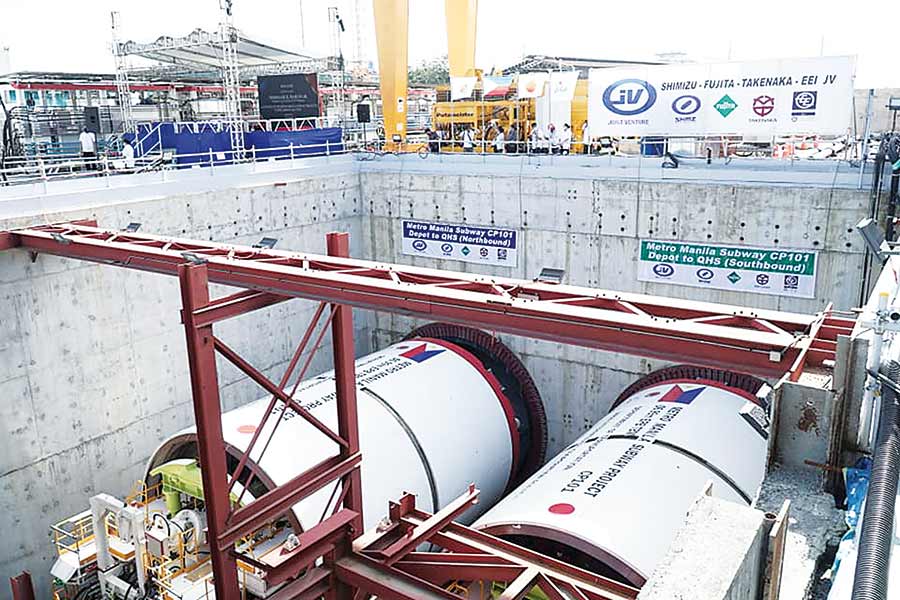It’s possible for the country to attain upper-middle income status by 2025, Sergio Ortiz Luis, president of the Employers Confederation of the Philippines, said yesterday.

The World Bank, which looks at the gross national income (GNI) per capita, classifies countries as high, upper-middle, lower-middle and low income.
The World Bank considers countries with 2021 GNI per capita of up to $1,085 as low income, those with GNI per capita of $1,086 to $4,255 as lower-middle income economies, $4,256 to $13,205 GNI per capita as upper-middle income and those with a 2021 GNI per capita of $13,206 or more as high income economies.
The Philippines is currently classified as a lower-middle income nation, with a GNI of $9,450.
Japanese investment in the Philippines will have positive impacts on infrastructure like railways and flood control, agriculture and information technology, said Ortiz-Luis who heads the country’s largest employers group.
He was speaking in a public briefing on the results of President Ferdinand Marcos Jr.’s visit to Japan starting February 8. Marcos returned from Japan on Sunday.
The visit reportedly reaped P13 billion in investment pledges from Japan.
Japan will increase investment over the P330 billion funding of the ongoing railway project in Southern Luzon, including the country’s first subway system traversing Metro Manila, Ortiz said, noting that 1,300 Japanese firms attended “overcrowded” fora.
“The visit to Japan means more trade and investments,” Ortiz said. Over 300,000 Filipinos are working in Japan and are “treated very well,” he observed.
The visit strengthened research and development (R&D) cooperation between the two countries, especially in space applications, Science Secretary Renato Solidum said in the same public briefing.
Space applications are very important in the program of the Department of Science and Technology (DOST), and Japan has been a big help on this, he said.
“We will continue our cooperation with Japan to fast-track the development of space technology in the Philippines, especially in the fields of agriculture, climate change, human resource development, and technology applications to solve the country’s big problems,” Solidum said.
In climate change research, for example, Japan has been a big help in weather monitoring that eases the impact of typhoons, Solidum pointed out.
“We can see the impact of science and technology on the economy of Japan, it’s a model for many countries,” he said, noting that many Filipino scholars are currently studying in Japan.
“We still need to improve our research applications in the real world,” he added.
Solidum called on the scientific community to submit R&D proposals. Scientists need to engage in research that are relevant to the Philippine context and are priority programs of the DOST, he said.
These priorities include jobs creation and enterprise enhancement, food security, water and environment, and advance manufacturing and electronics, he explained.





